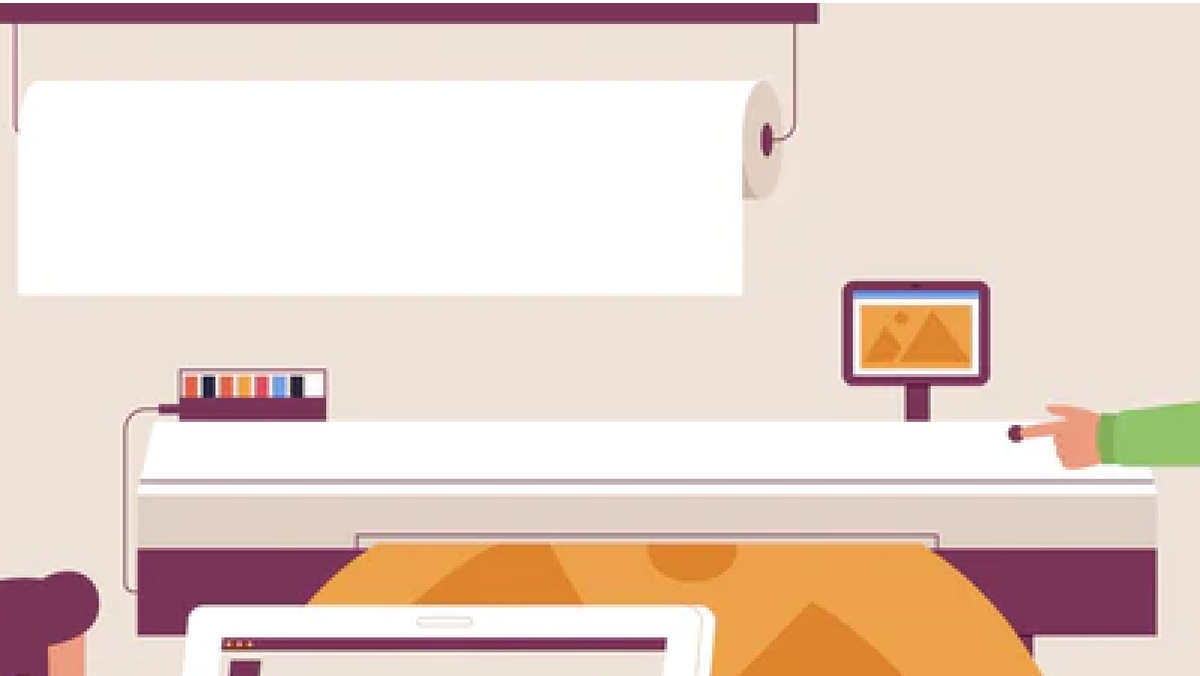Introduction to DTF Transfers

Direct to Film (DTF) transfers have emerged as a revolutionary technique in the realm of textile printing, introducing a cutting-edge method that promises unparalleled results. This innovative technology entails imprinting a design onto a specialized film, which is subsequently transferred onto fabric through the application of heat. The process kicks off with the design being meticulously printed onto a PET film, followed by the strategic application of a powder adhesive. Upon the application of heat, the film seamlessly adheres to the fabric, yielding a flawless and high-quality print.
The Superiority of DTF Over DTG and Vinyl
While Direct to Garment (DTG) and vinyl have enjoyed popularity in the textile printing sphere, DTF boasts several distinct advantages that set it apart:
Versatility Across Fabrics: DTF excels in its ability to adhere to a diverse array of fabrics, ranging from cotton and polyester to silk and various blends. This versatility represents a significant advancement compared to DTG, which is predominantly optimized for cotton.
Color Brilliance and Precision: DTF transfers stand out for their exceptional color vibrancy and intricate detailing. In contrast to DTG, which occasionally struggles with maintaining vibrant colors on darker fabrics, DTF ensures consistent quality across all shades.
Longevity and Texture: DTF prints are renowned for their durability and outstanding washability, withstanding multiple cycles without succumbing to fading or cracking—a common concern with vinyl transfers. Furthermore, DTF transfers offer a softer tactile experience compared to the often thick and plastic-like feel associated with vinyl.
Economical and Streamlined Production: In terms of production efficiency, DTF proves to be more cost-effective, particularly for smaller batches. By eliminating the need for pre-treatment processes essential in DTG, DTF not only saves valuable time but also conserves resources. This makes DTF an ideal choice for customized and on-demand printing.
Environmental Friendliness: DTF printing stands out for its eco-friendly footprint, utilizing less water and generating minimal waste compared to DTG. This environmental consciousness positions DTF as a sustainable option for conscientious textile printing.
The Future Landscape of Textile Printing
The introduction of DTF transfers signifies a monumental shift in the textile printing industry. Its capability to deliver high-quality, enduring prints on a diverse range of fabrics, coupled with its cost-effectiveness and eco-friendliness, establishes DTF as a superior choice in numerous scenarios compared to DTG and vinyl. As technology continues to advance, the prevalence of DTF in the world of textile printing is poised to grow even further, heralding an exciting future for this transformative technology.


